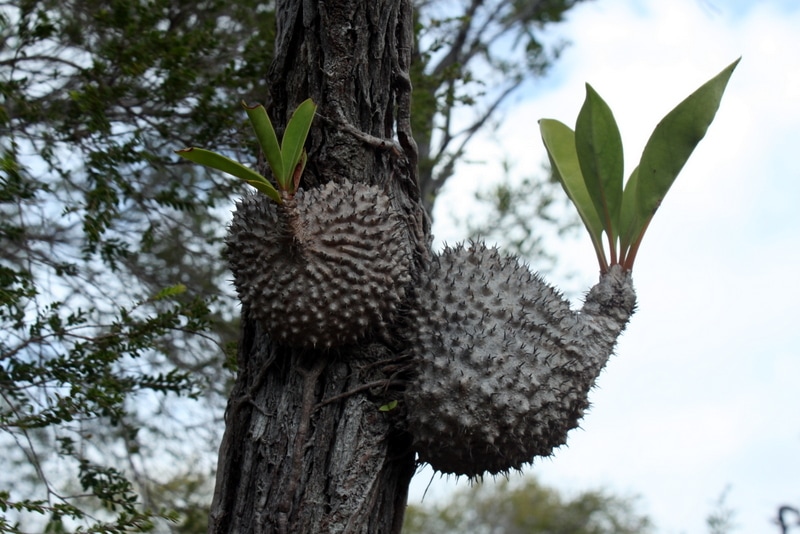TERN has added 24 more permanent plots to its national network of over 600 ecosystem surveillance sites. The new sites just added in Far North Queensland mean that TERN now provides open-access to environmental data and samples from 85% of Australia’s major terrestrial vegetation groups and over 50% of the nation’s bioregions.
TERN took another step closer to surveying and establishing permanent research sites in all of Australia’s major terrestrial vegetation groups with the recent creation of 24 ecosystem studies sites on the Cape York Peninsula.
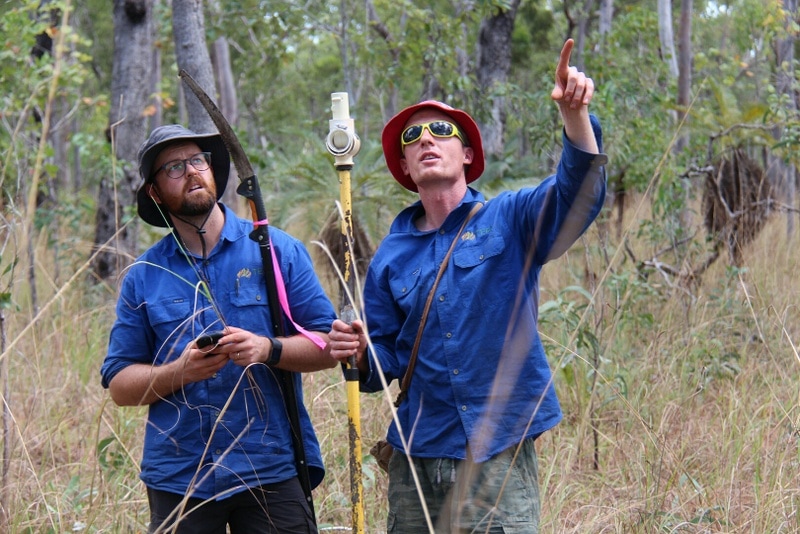
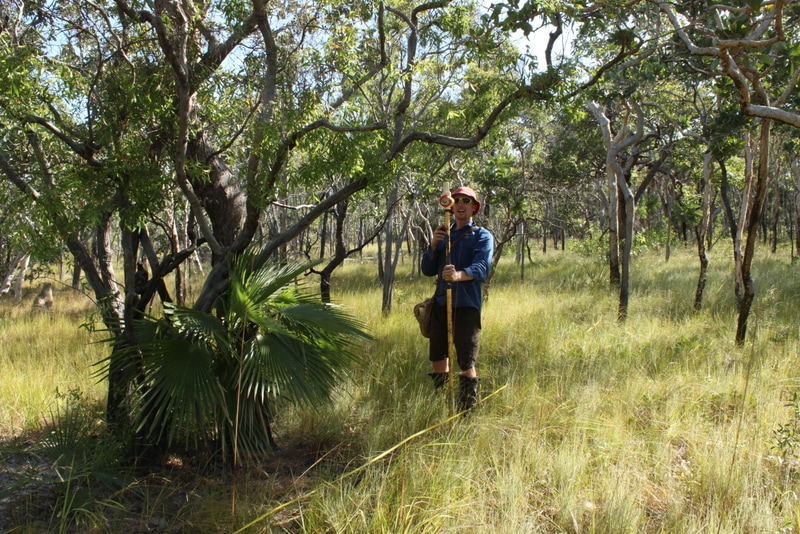

Emrys Leitch surveying the Melaleuca Woodlands at TERN’s 600th Ecosystem Surveillance site close to the northernmost tip of the Australian mainland on Cape York (left) and, no they’re not spices, they’re the soil samples collected from Cape York and added to TERN’s Ecosystem Sample Library for researcher use


The July 2018 trip to Far North Queensland is the fourth TERN ecosystem survey of 2018, following the expansion of Australia’s alpine region research infrastructure in January, and the filling of important climate and bioregion data gaps in western New South Wales in May.
Gap filling Australia’s veg groups and bioregions
TERN’s ecosystem survey work during 2018 has had the specific goal of collecting data in previously unsampled vegetation groups and bioregions.
TERN has now surveyed 26 of Australia’s 32 major vegetation groups (MVG), as classified by the National Vegetation Information System (NVIS). (Two of the remaining six unsampled groups are aquatic ecosystems and outside the scope—being Australia’s land observatory.)
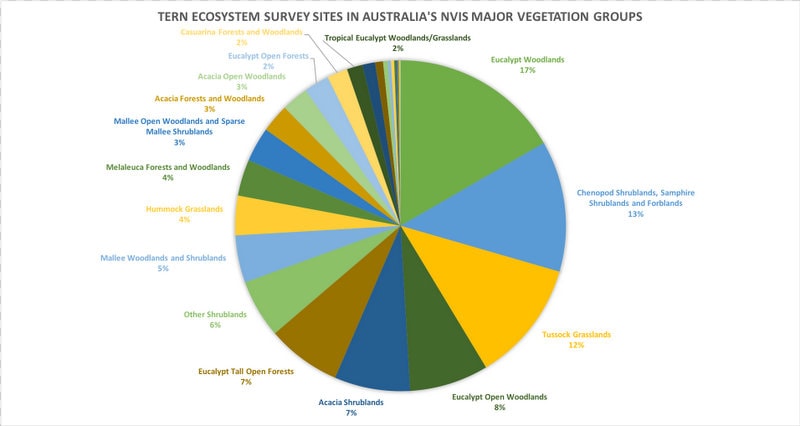
TERN continues to deliver useful data and ecosystem samples from bioregions for which there is very little information. We now provide open-access data and vegetation and soil samples from 62 of the nation’s 89 Interim Biogeographic Regionalisation for Australia (IBRA) bioregions.

Sampling across climatic envelopes
The number of ecosystem surveillance plots sampled using TERN’s landmark AusPlots methodology has expanded significantly over the past 7 years. TERN now has a representative spread of sites across Australia spanning a wide range of climates.
Sampling across climatic zones is an important consideration in TERN’s site selection process. TERN’s Dr Greg Guerin, based at the University of Adelaide, is helping to refine our methods for filling information gaps by making sure our network of ecosystem surveillance sites represents the range of climates, soil types and vegetation communities present throughout Australia.
TERNing our attention to site revisits
Now that we’ve plugged some of the major holes in our coverage of this wide brown land, TERN’s field team is turning its attention to revisiting sites to add temporal depth to the data.
In fact, just last week they were hard at work resampling sites along TERN’s continental-scale monitoring transect in South Australia (TREND). Once those sites along the TREND (Transect for Environmental Monitoring and Decision-Making) are complete, TERN will have revisited over 100 plots.
Keep an eye out in forthcoming newsletters for more on these site revisits as we bring you some fascinating stories of environmental change over the past decade.
- Data from over 580 Ecosystem Surveillance plots are now openly available via TERN’s Data Discovery Portal. Soil and plant samples are made available in the TERN Ecosystem Sample Library. For more information on TERN’s Ecosystem Surveillance platform click here or contact Associate Professor Ben Sparrow.


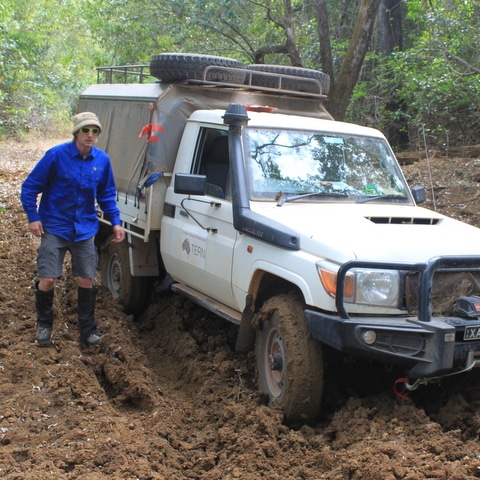
TERN samples some of Australia’s most remote environments, but sometimes the going can get too tough for Lucy the TERN Landcruiser and that’s exactly why we identify more sites than we need before leaving home! Check out our piece on an innovative data solution for when your field work doesn’t go to plan.
